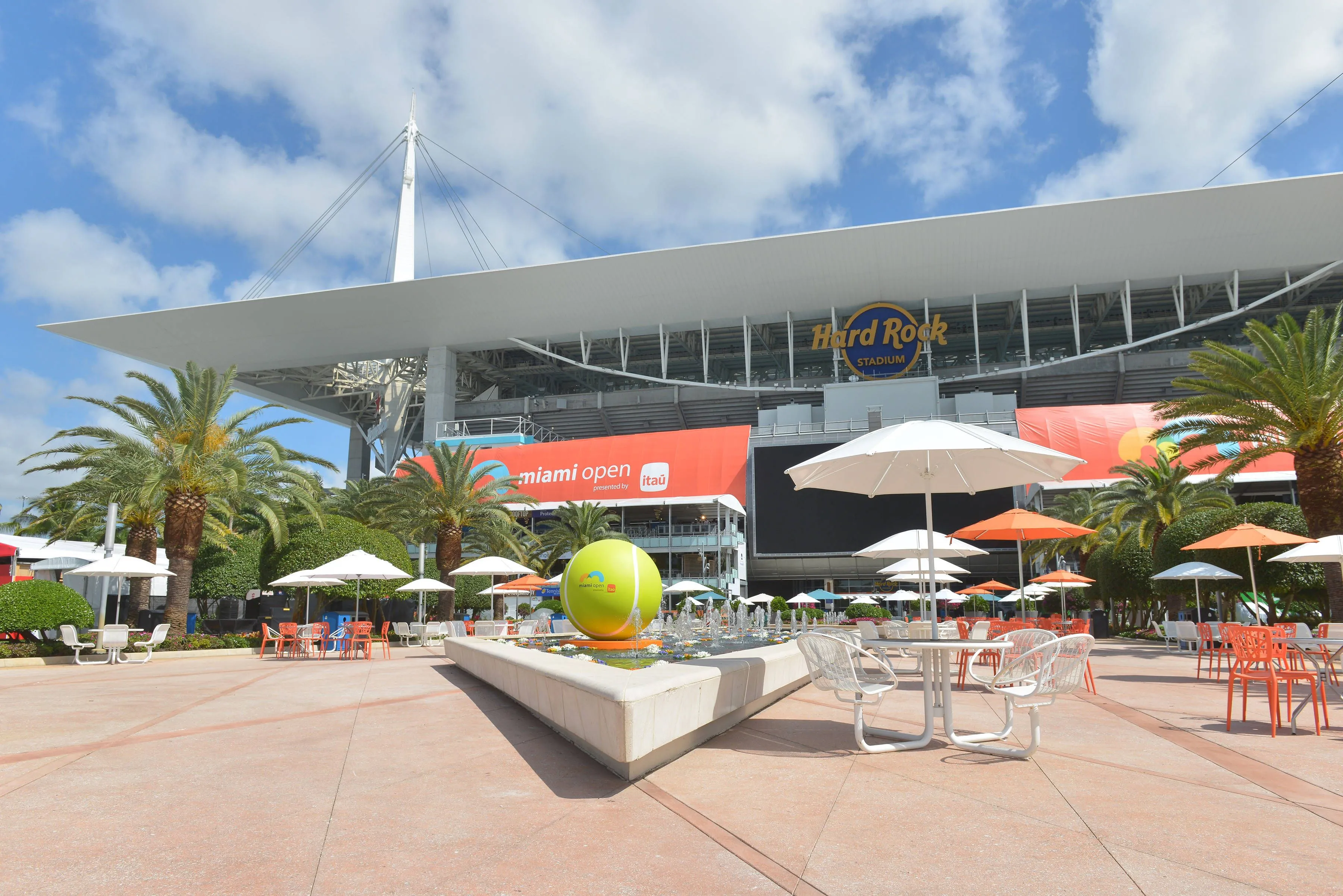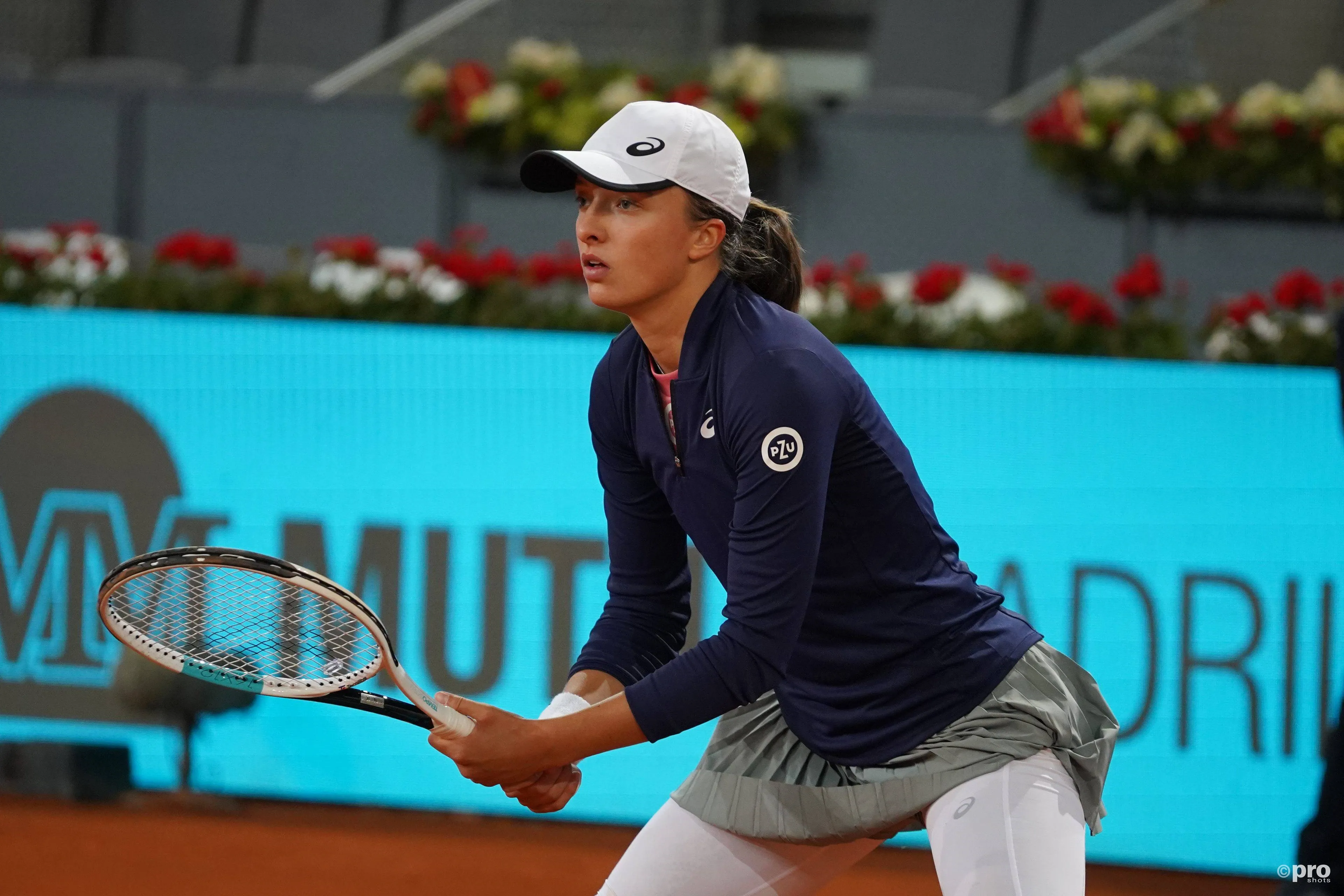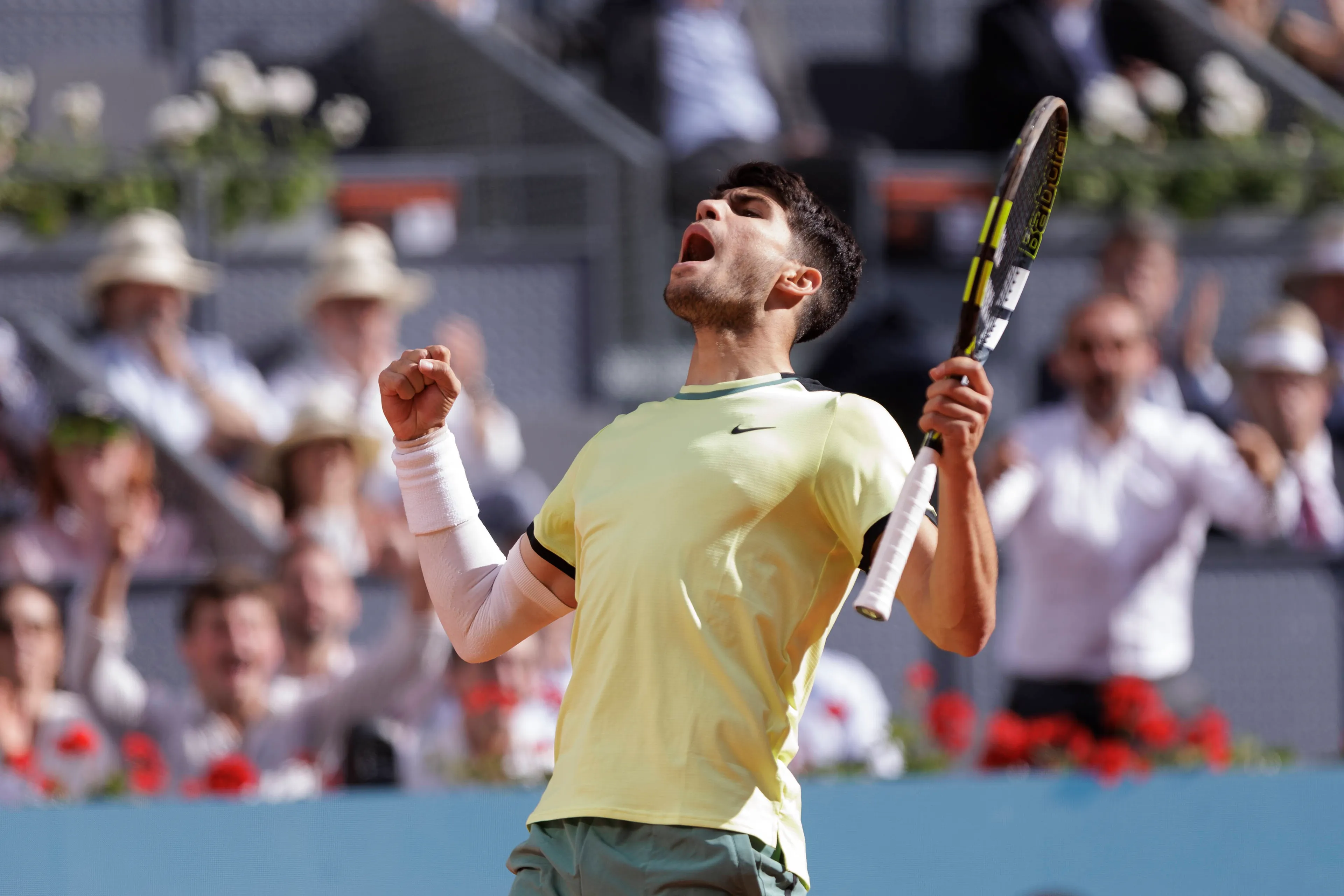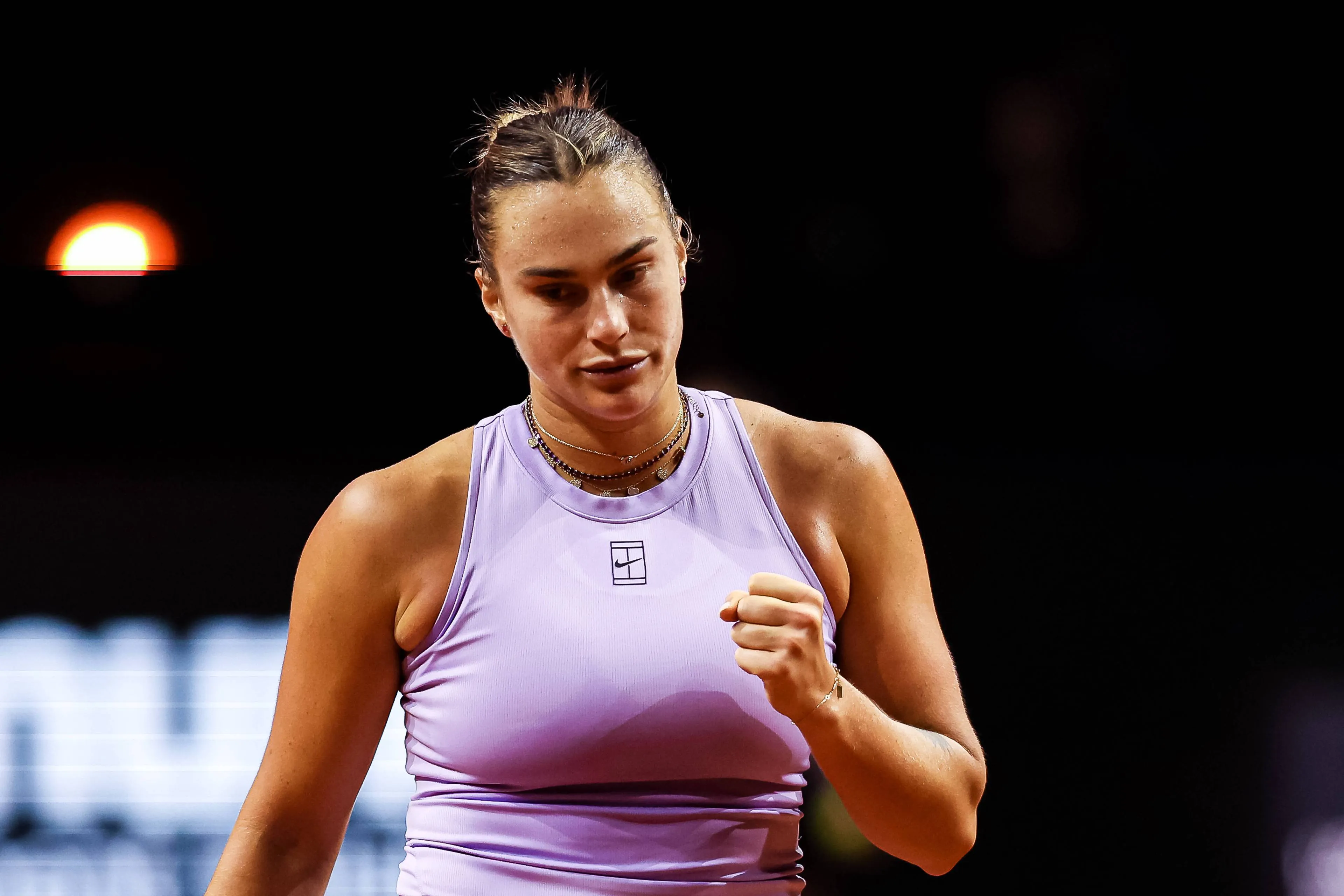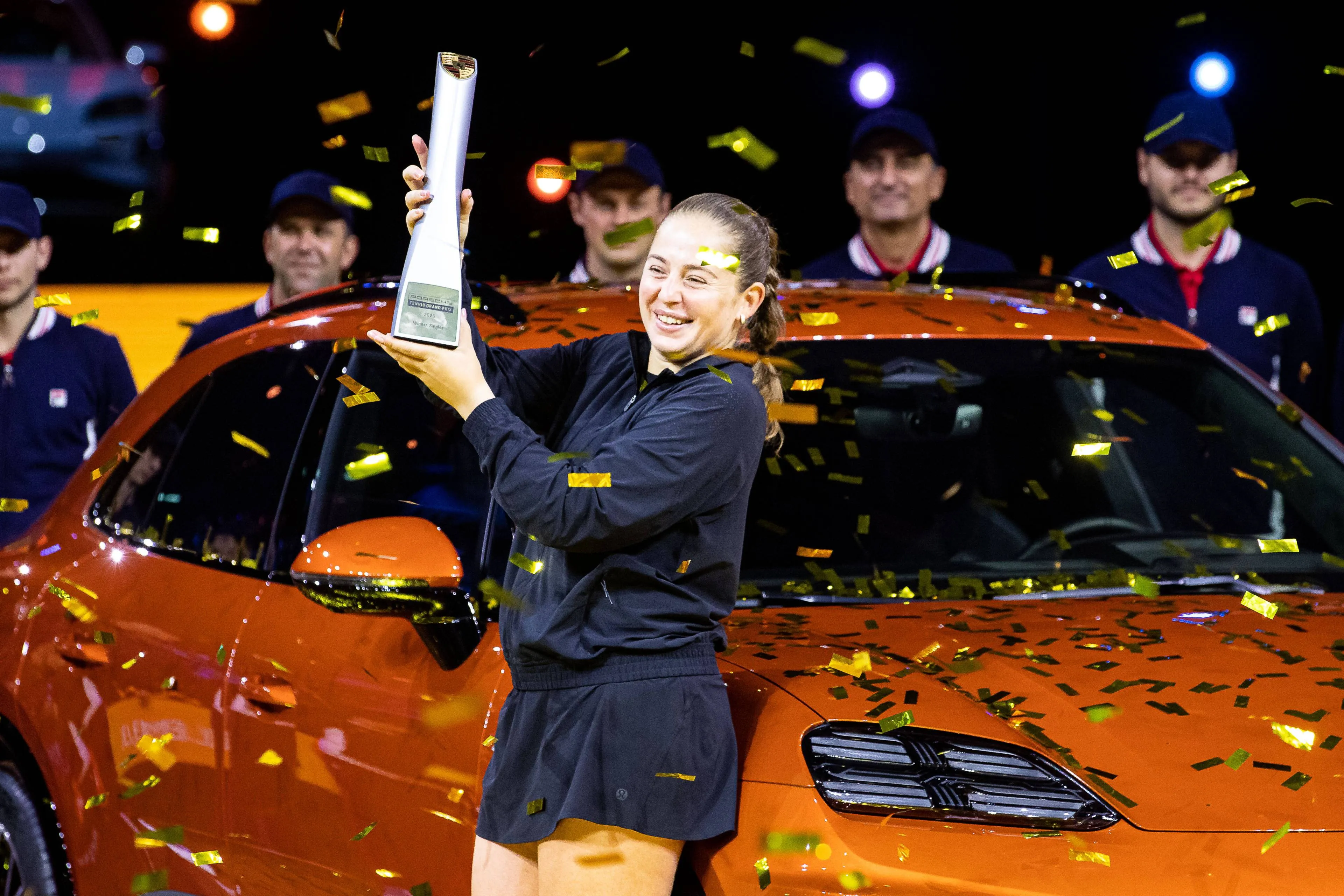When tragedy struck the Miami Open: The car accident that nearly killed Thomas Muster and his remarkable comeback
ATPMonday, 31 March 2025 at 08:55

The 1989 Miami Open, held at the iconic Crandon Park in Key Biscayne, Florida, once again delivered world-class tennis, drawing many of the sport’s top stars. Among the standout performers that year was a rising Austrian talent named Thomas Muster, who had earned his place in the final against Ivan Lendl—though that title match would tragically never be played.
At just 21 years old, Muster was already building a reputation as a formidable force, particularly on clay. Earlier that year, he reached the semifinals of the Australian Open and continued his impressive form in Miami. His semifinal clash against Frenchman Yannick Noah became an instant classic, stretching to five sets and showcasing the Austrian’s grit and endurance. The victory propelled him into the world’s top 10 for the first time and set the stage for what should have been the biggest match of his career.
But fate had other plans.
Just hours after his semifinal triumph, in the early morning of April 1st, tragedy struck. While retrieving items from the trunk of his car, Muster was hit by a drunk driver. The impact caused his own car to roll backward, pinning him and inflicting serious damage to his left knee. He suffered torn medial and anterior cruciate ligaments, forcing him to withdraw from the Miami Open final and casting doubt over his entire career.
Read also
The Road Back
Following emergency surgery in Vienna, Muster embarked on a long and uncertain road to recovery. The physical toll was immense, but so too was the psychological burden. Injuries of this magnitude often bring emotional turmoil—anger, denial, sadness, and anxiety—all of which can undermine even the most disciplined athletes.
Yet Muster’s response was nothing short of extraordinary.
Determined to return, he and his team developed a custom-made chair that allowed him to hit balls while seated, keeping his injured leg elevated. This unconventional training method proved remarkably effective, allowing him to maintain and even improve his upper body strength.
Against all odds, Muster returned to the court just six months later. In September 1989, he played an exhibition match against Ivan Lendl, and shortly after, officially resumed his professional career.
The Comeback
While results were mixed at the tail end of 1989, it was clear that Muster's full resurgence was only a matter of time. In 1990, he confirmed his comeback in stunning fashion, winning the Italian Open (now the Rome Masters) by defeating Andrés Gómez and Andrei Chesnokov. He then stormed to the semifinals of Roland Garros—an incredible feat given the severity of his injury the previous year.
But this was only the beginning.
Throughout the 1990s, Thomas Muster became one of the most dominant clay-court players of his generation, long before the rise of Rafael Nadal. He captured 44 ATP titles in total, 40 of them on clay, and became known as the sport’s first true “King of Clay.”
In 1995, Muster had a season for the ages—winning 12 titles (11 on clay), including a 40-match win streak on the surface. That run included his crowning moment: a Roland Garros title, the lone Grand Slam of his career. He ended the season with a staggering 65–2 record on clay.
On February 12, 1996, his relentless consistency and warrior spirit were rewarded when he climbed to World No. 1, fulfilling a lifelong dream.
Then, in 1997—eight years after the accident that nearly ended it all—Muster completed his storybook arc by winning the Miami Open. The moment was rich with symbolism, a fitting conclusion to a long chapter of pain, perseverance, and redemption.
Read also
Legacy
Thomas Muster’s misfortune in 1989 may have robbed him of a potential Miami Open title at the time, but it also revealed the depths of his determination and resilience. While we’ll never know how his career might have unfolded without that horrific accident, what became clear is that Muster possessed a mindset unlike any other—driven, defiant, and utterly devoted to the game.
After retiring in 1999, Muster made a brief comeback between 2010 and 2011, playing select events on the ATP and Challenger tours. In 2020, he had a short-lived coaching stint with fellow Austrian star Dominic Thiem.
Today, the former World No. 1 stays largely out of the professional spotlight. His post-tennis life includes business ventures, a strong interest in art, and philanthropic work—painting the picture of a man who continues to evolve, long after his battles on the court ended.
claps 1visitors 1
Just In
Popular News
Latest Comments
- I hope Marion Bley is the Chair Ump for the Final. It would be Karma Served for Saba after her disrespectful 'performance' in the semi.
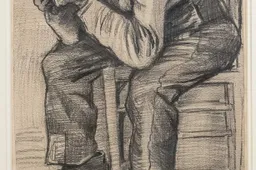 mandoist21-04-2025
mandoist21-04-2025 - Coco needs to stop the Williams Hero Worship and play like 'Coco'.
 mandoist19-04-2025
mandoist19-04-2025 - Didn't expect issues between these two...SakkariFan2318-04-2025
- Send her a crate of deodorant DoveSakkariFan2318-04-2025
- Good to see, hopefully Sakkari can return to the form she deserves.SakkariFan2318-04-2025
- Shame no play on Friday but some line-up incoming..SakkariFan2318-04-2025
- Zverev's reaction lacked a bit of class this time around. He handled it better in Australia.MrAndreeva18-04-2025
- Funny from Dove & a corporate rarity.MrAndreeva18-04-2025
- Well, we all surely appreciate this bit of nothing. Go feed your kids.
 mandoist17-04-2025
mandoist17-04-2025 - If it weren't for the original contract, Raducanu would have been dropped a year ago.
 mandoist15-04-2025
mandoist15-04-2025

